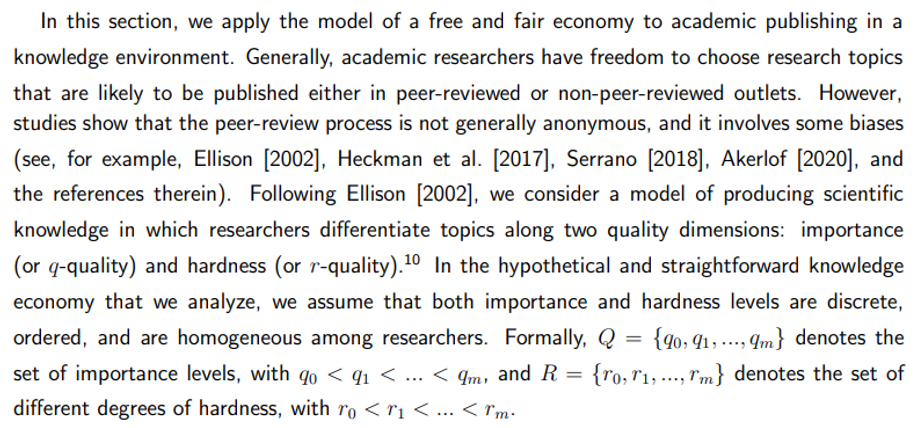Amazon Unveils $4.4B AWS Investment in New Zealand
TLDRs;
- Amazon to invest $4.4B in New Zealand AWS data centers, adding $10.8B to GDP and 1,000 jobs.
- New AWS Asia Pacific (Auckland) region will expand global cloud infrastructure, boosting AI workloads and digital economy growth.
- Investment aligns with Amazon’s $30B U.S. and AU$20B Australia expansions, signaling a synchronized global AI strategy.
- Data center projects act as economic multipliers, creating jobs and innovation opportunities while strengthening AWS’s market leadership.
Amazon is making a major bet on New Zealand’s digital future with a US$4.4 billion (NZ$7.5 billion) investment in new AWS data centers.
The project, announced on Monday, will launch a dedicated AWS Asia Pacific (Auckland) region, expanding the company’s footprint in the region and positioning New Zealand as a strategic hub for cloud and AI infrastructure.
While Amazon first revealed plans for New Zealand data centers in 2021, the new announcement confirms both the scale of the investment and its long-term economic significance. The company expects the rollout to generate over 1,000 full-time jobs annually and contribute an estimated NZ$10.8 billion to the country’s GDP.
Driving Global AI Infrastructure Race
The New Zealand move is part of Amazon’s synchronized global expansion strategy. In recent months, the company has announced AI-focused infrastructure investments on a historic scale, $30 billion in the United States, AU$20 billion in Australia (the largest technology investment in the nation’s history), and $20 billion in Pennsylvania, marking the state’s largest-ever private sector commitment.
Industry analysts suggest these expansions are not isolated but rather a coordinated response to surging global demand for AI-ready cloud infrastructure.
With generative AI and machine learning workloads requiring vast computing power, Amazon appears to be positioning itself ahead of the demand curve, similar to its earlier strategy of building fulfillment centers before e-commerce adoption surged.
Economic Impact Beyond Tech
Amazon’s latest investment highlights how data center projects act as economic multipliers. In New Zealand, the NZ$7.5 billion investment is projected to deliver a 1.4x return, with GDP gains outpacing initial capital expenditure. This mirrors trends in other regions where AWS has expanded.
For example, Pennsylvania officials emphasized the creation of 1,250 high-paying jobs as part of their deal with Amazon, while Australia has tied its AWS investment to support for local AI startups through a program dubbed the “AI Spring.” The consistent messaging around job creation, innovation, and GDP impact suggests Amazon is framing its data centers not just as infrastructure but as economic development engines.
Balancing Growth and Competition
The announcement also comes at a time when AWS faces intensifying competition in the global cloud market. In Q2 2024, AWS posted $30.87 billion in revenue, up 18% year-on-year—solid growth, but slower than rivals Microsoft Azure (39%) and Google Cloud (32%).
This dynamic highlights the challenge AWS faces where as the largest cloud provider, maintaining rapid growth becomes increasingly difficult. Each new market expansion provides a way to capture new customers while reinforcing global dominance in AI infrastructure.
Despite the stiff competition, AWS continues to outpace peers in absolute revenue, with its scale making it the backbone of Amazon’s profitability.Looking Ahead
Looking Ahead
Amazon has not provided a timeline for the completion of its New Zealand data centers, but the economic and strategic implications are already clear.
By securing a new Asia Pacific hub, the company strengthens its role as a critical enabler of the region’s AI and digital economy.
The post Amazon Unveils $4.4B AWS Investment in New Zealand appeared first on CoinCentral.
You May Also Like

All Eyes On Solana: $15-B Stablecoin Supply, ETF Demand Drive Next Leg Up

Eric Trump bets Fed rate cut will send crypto stocks skyrocketing
